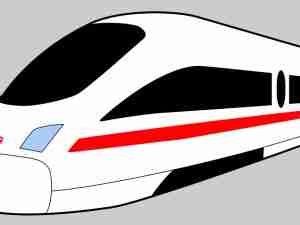Canada wants faster phase-out of older rail tanker cars
By: Reuters | Mar 18 2014 at 06:26 PM | Intermodal
Canada wants a faster phase-out of older, flawed tanker railcars than what has been proposed in the United States, the country’s top-ranking transport official said on Tuesday.
Transport Minister Lisa Raitt said a suggestion for a 10-year phase-out of the older DOT-111 tank cars, which many hold responsible for a string of fiery train derailments, was unacceptable.
“I would go as far to say five years is a long time as well,” Raitt told reporters ahead of an event in Toronto, but declined to be more specific.
The Railway Supply Institute had estimated in December that modification of the legacy tank cars could take 10 years. But last month, it suggested the length of the phase-out could be substantially shortened if crude and ethanol tank cars were modified first.
BNSF Railway Co, a unit of Warren Buffett’s Berkshire Hathaway Inc, said late last year it was advocating a seven-year phase-out on hauling hazardous materials using the older cars.
The booming crude-by-rail business has come under heavy scrutiny following a series of accidents, including the explosive derailment of a runaway train that killed 47 people in Lac-Megantic, Quebec last summer.
The oil in that disaster was carried in DOT-111 cars that pre-dated the tougher tanker specifications voluntarily adopted by the industry after October 2011.
Some 228,000 of the older cars remain in service in North America, with 92,000 used to transport flammable liquids, according to a Canadian government-backed report released last month.
Discussions on new tank safety standards are already underway between Raitt and U.S. Transportation Secretary Anthony Foxx. Raitt will be in Washington next week for further talks.
“We need to get to a point where we have a plan on phasing out these DOT-111s and that’s the importance of next week for me,” she said. “Make no mistake, we will be phasing out these older DOT-111 cars.”
Claude Mongeau, chief executive of Canadian National Railway Co (CN Rail), Canada’s biggest rail operator, said earlier this year that the post-October 2011 tank cars, also known as the “CPC 1232” design, had a 50-percent less chance of failing compared to the DOT-111.
CN Rail and rival Canadian Pacific Railway began adding a surcharge on customers who transport crude in the older cars to deter shippers from using them.
BNSF, which also suffered a fiery derailment at the end of 2013, has said it is taking bids from railcar makers for up to 5,000 “next generation” tank cars with safety features that even surpass those built after October 2011.
Raitt, who said the transport ministry is consulting with companies on how much a phase-out will cost, said Canada and the United States are also examining the next generation crude tank cars.
By Solarina Ho






